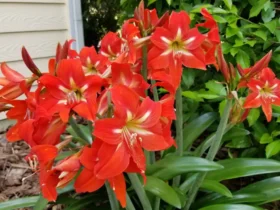The Waratah (Telopea speciosissima) stands proudly as one of Australia’s most iconic native flowers. With its striking beauty, vibrant colors, and unique form, the Waratah has become a symbol of the country’s rich natural heritage and holds a special place in the hearts of Australians. Join us as we explore the captivating world of the Waratah and uncover its fascinating characteristics, cultural significance, and conservation efforts.
Waratah flower images
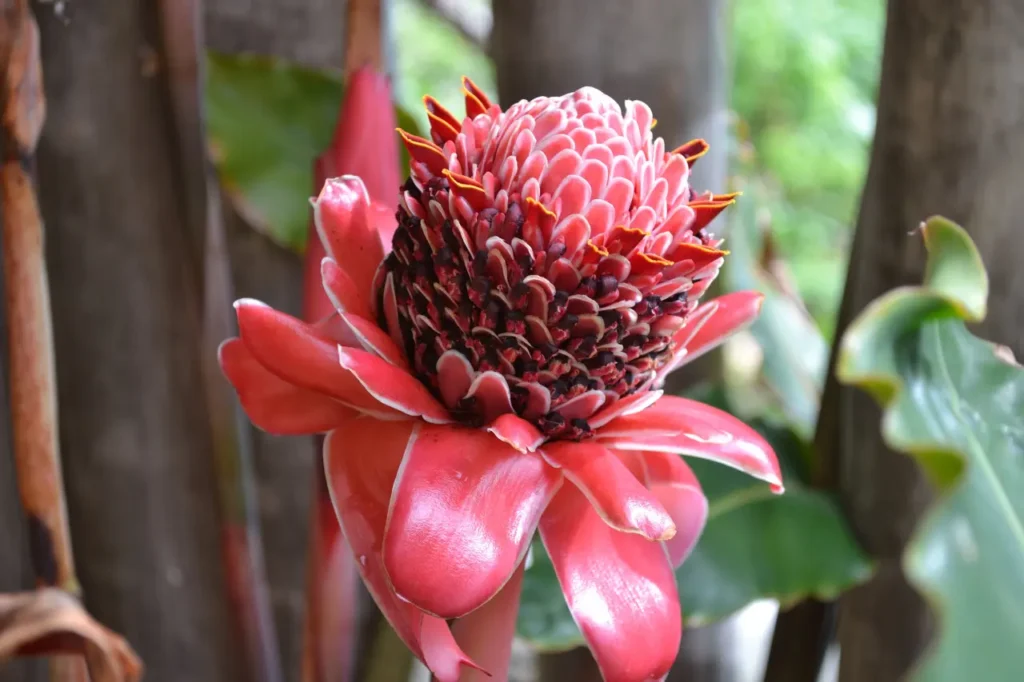
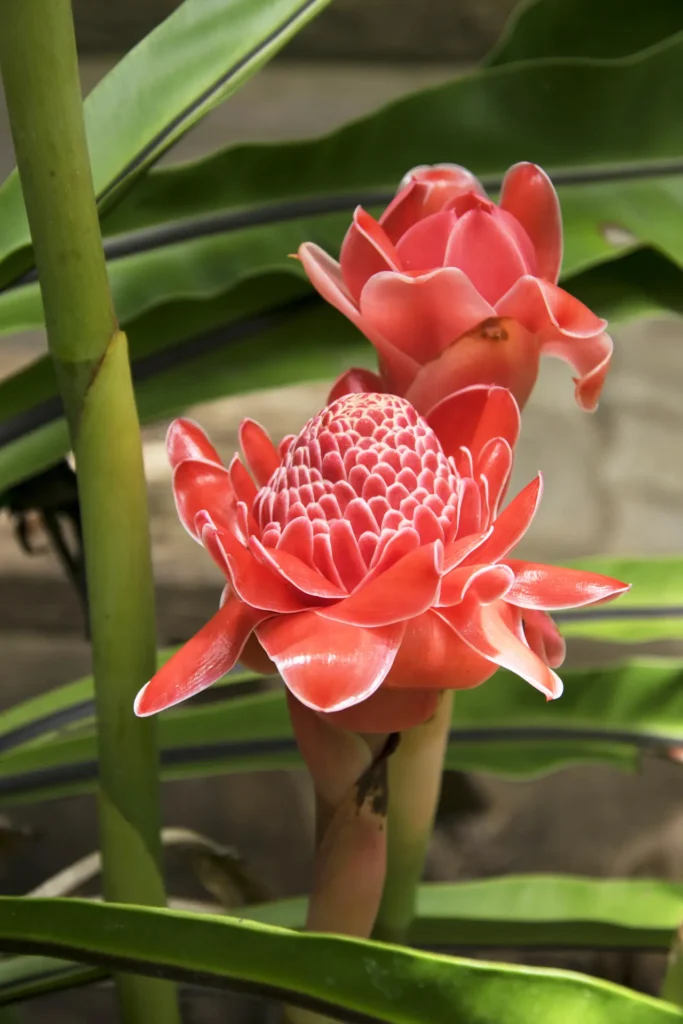
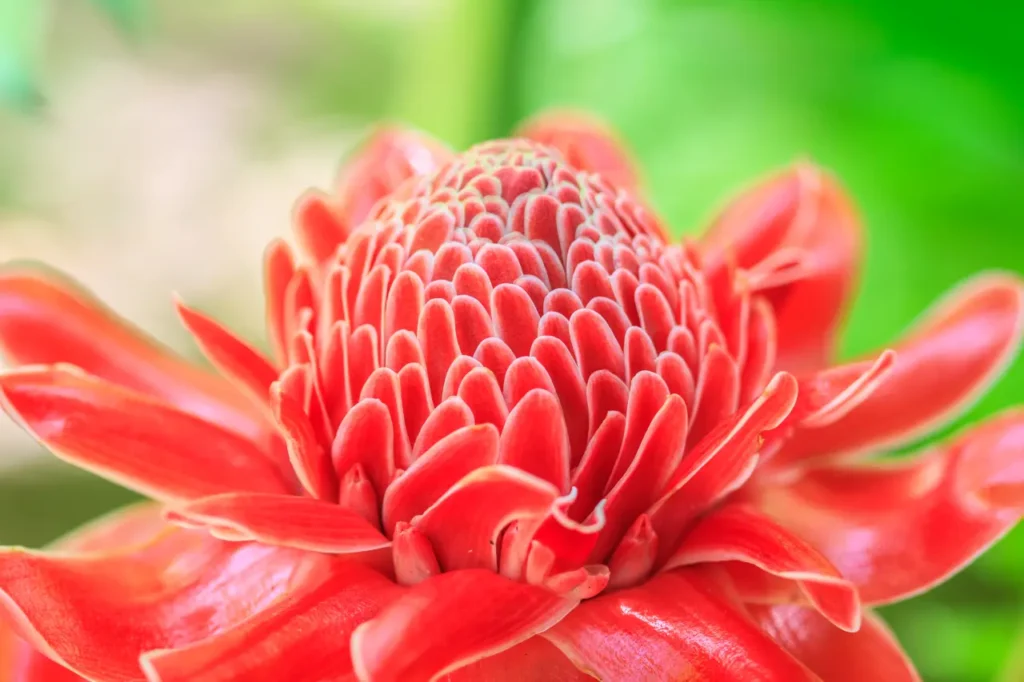
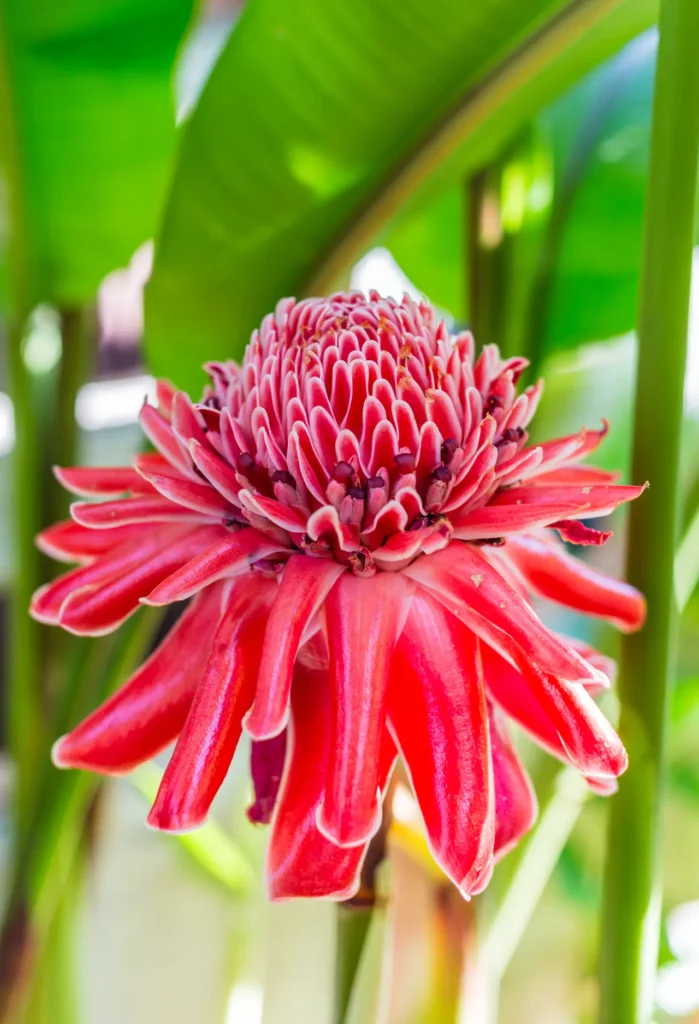
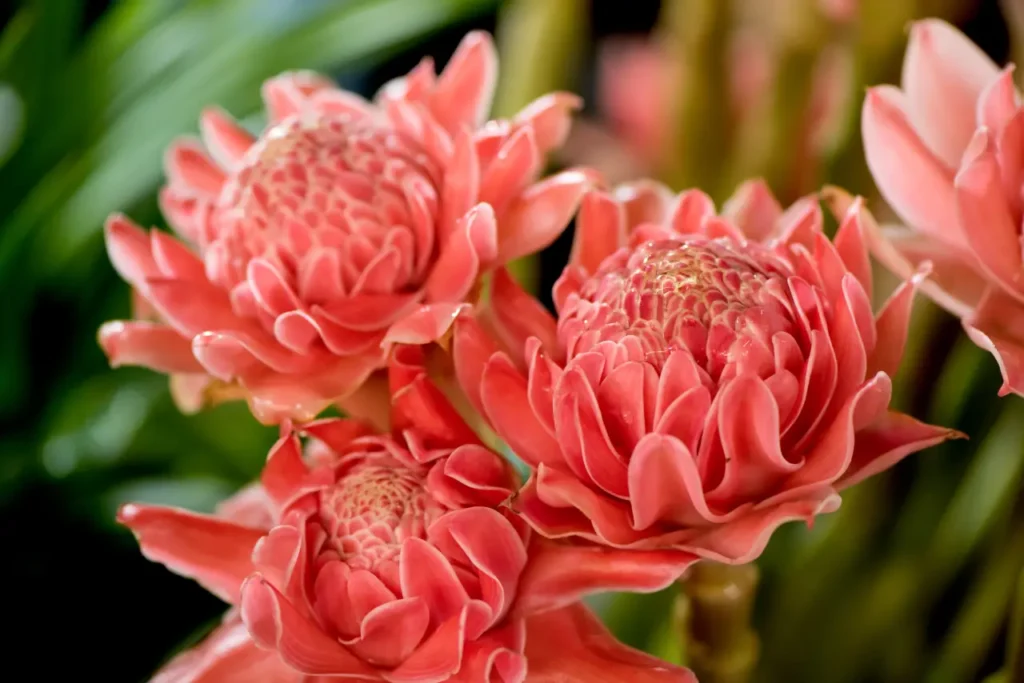
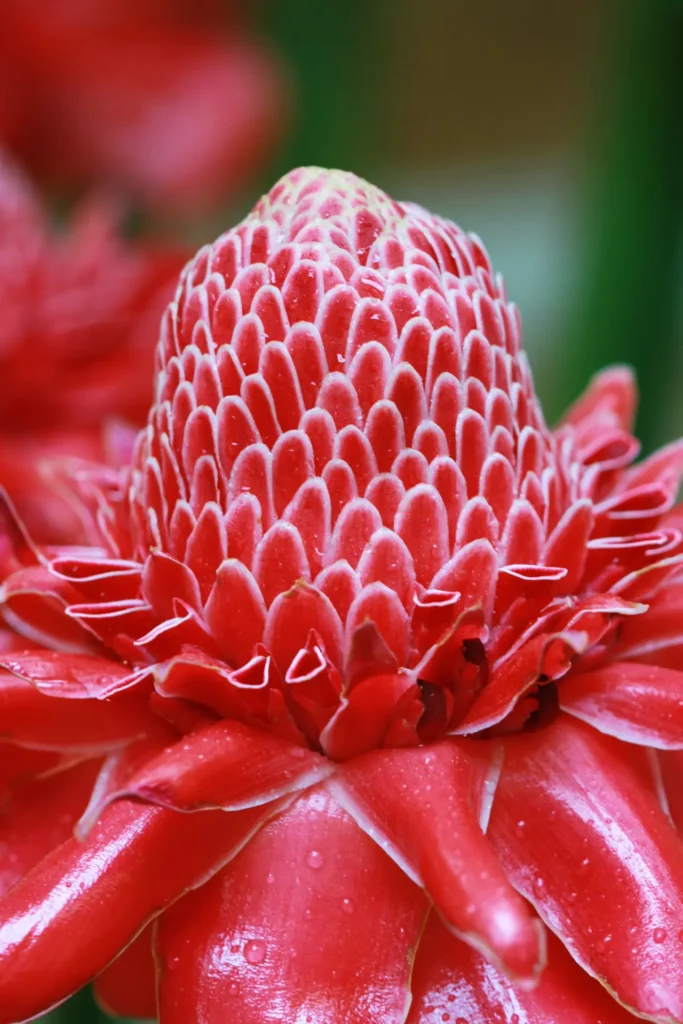
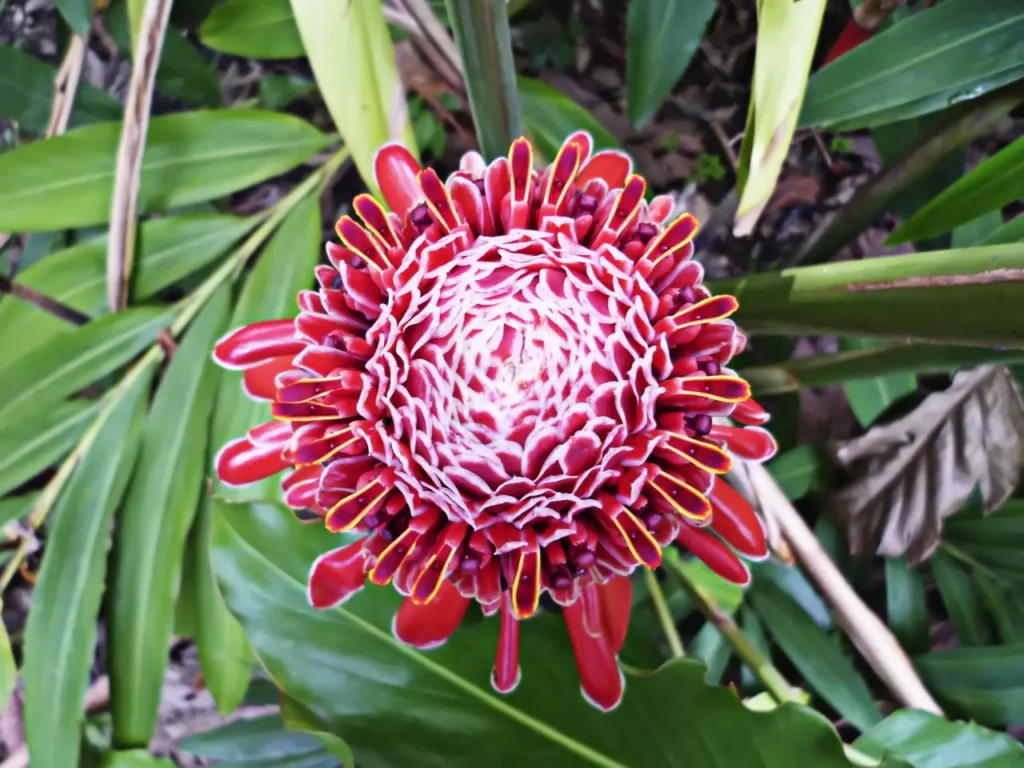
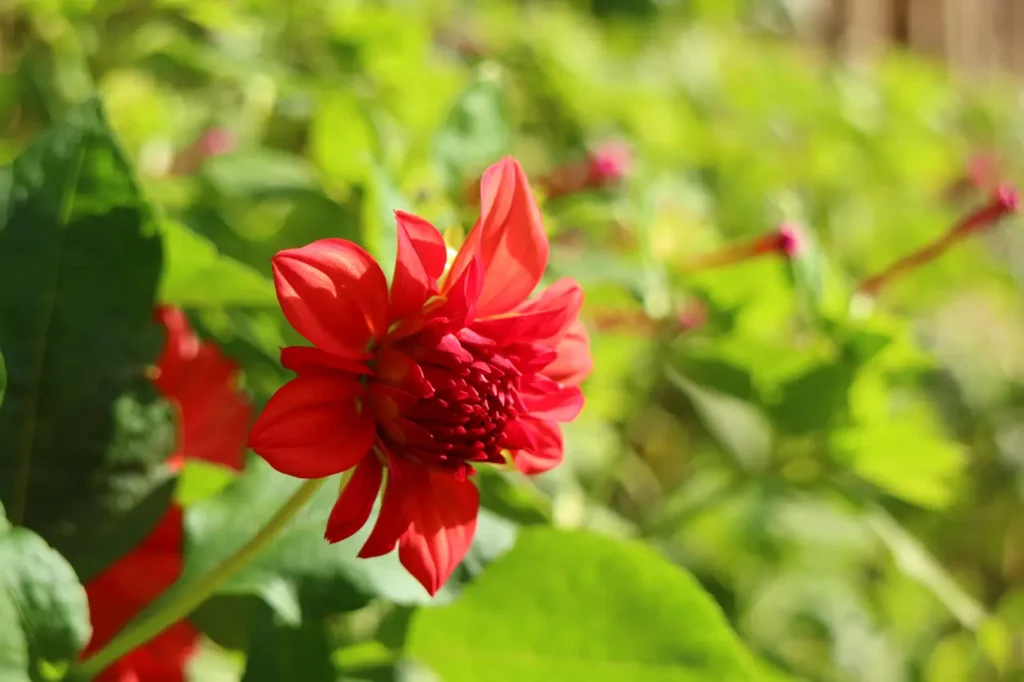
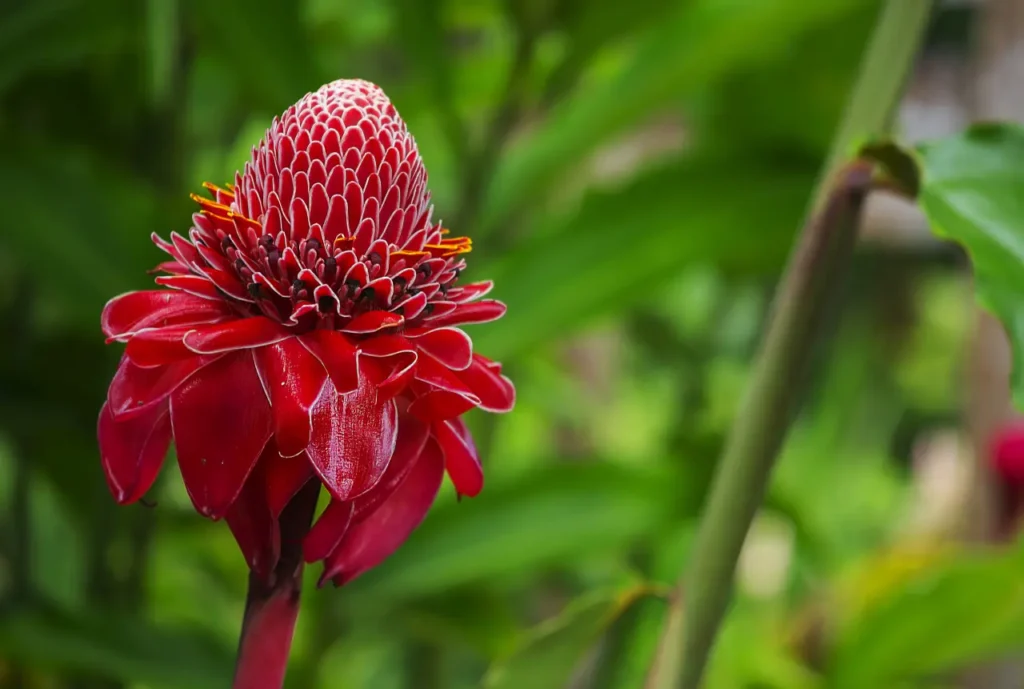
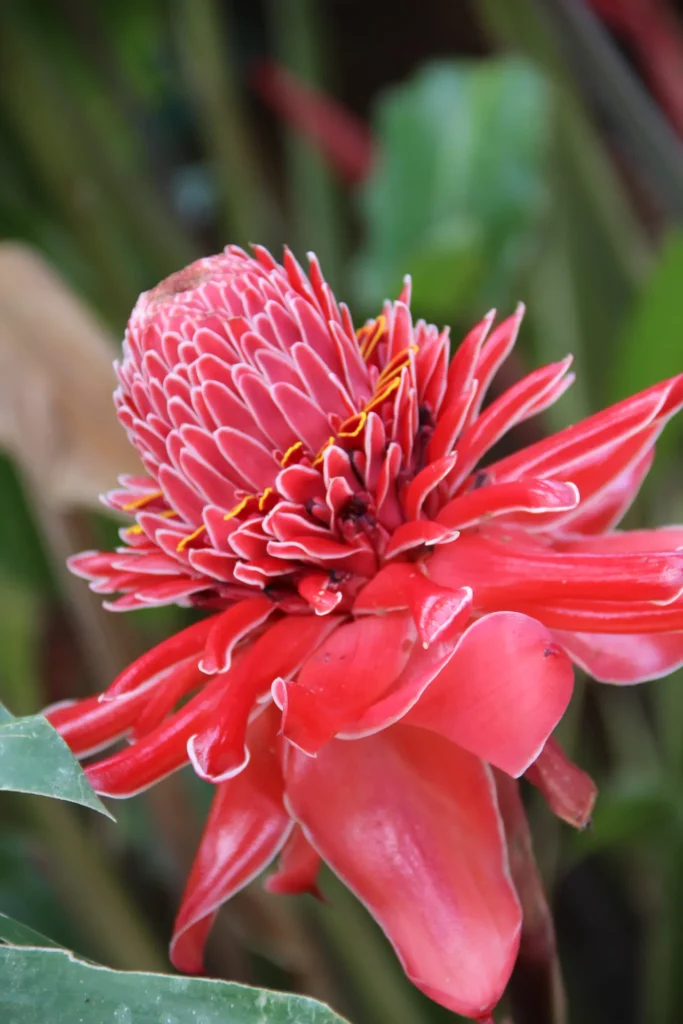
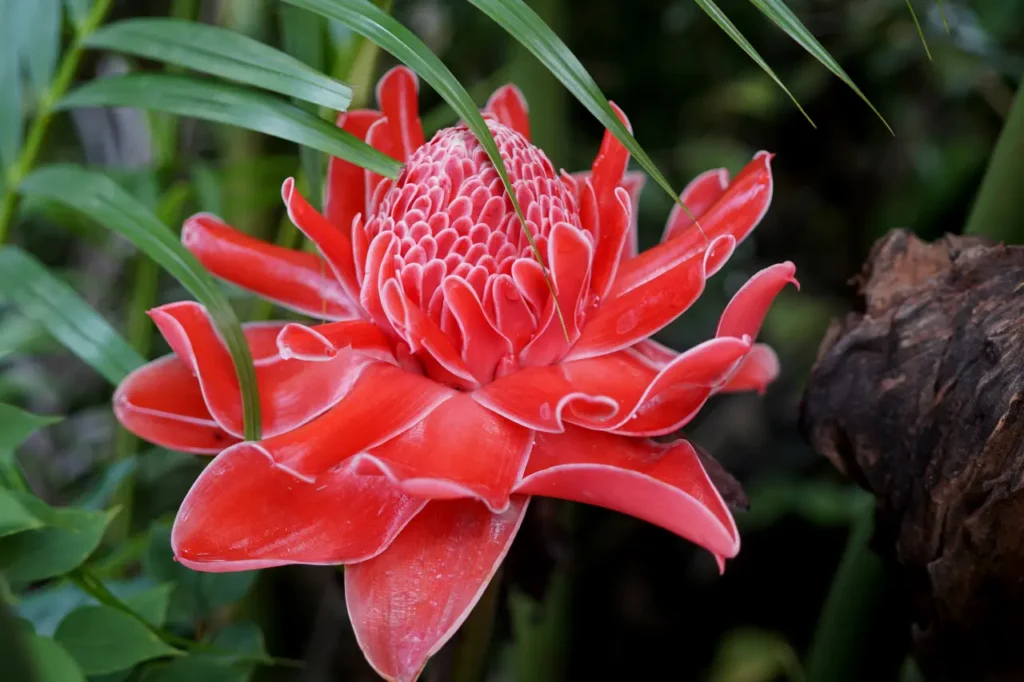
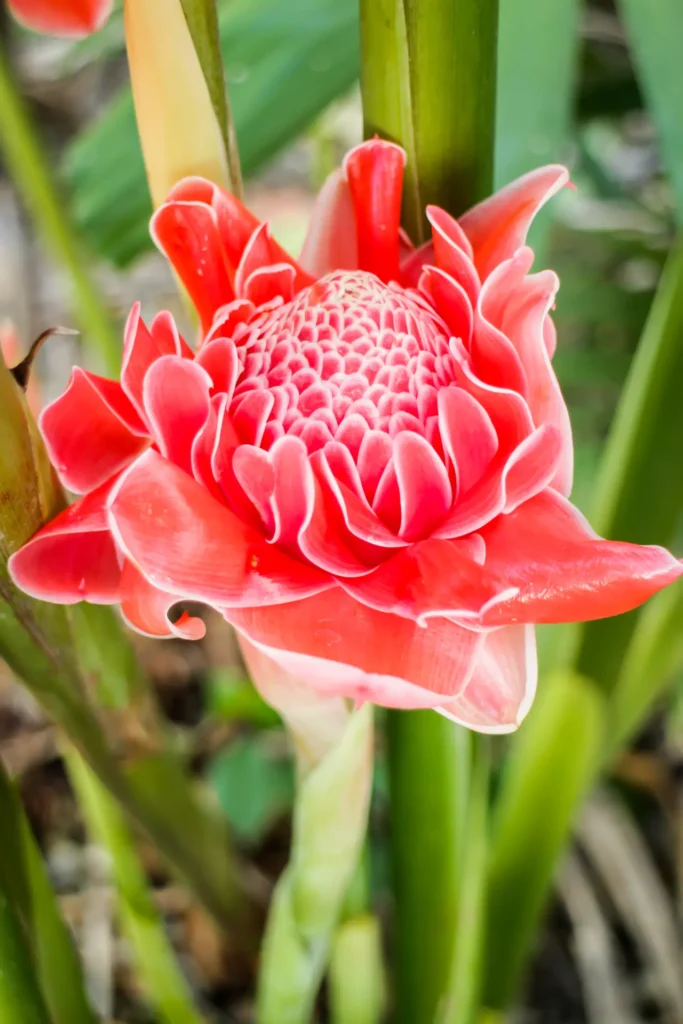
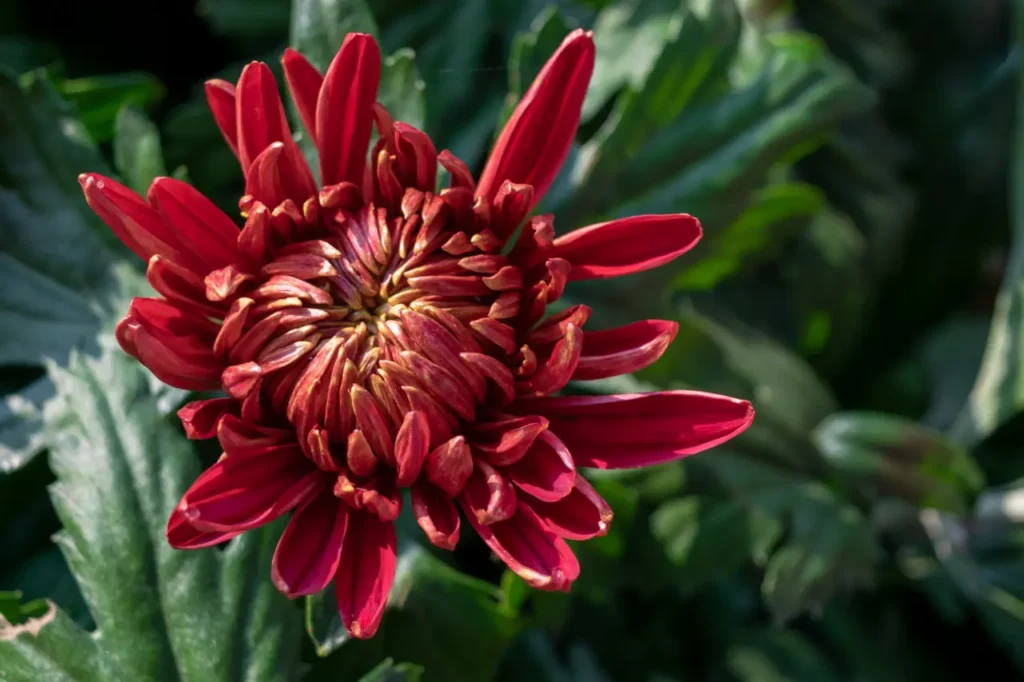
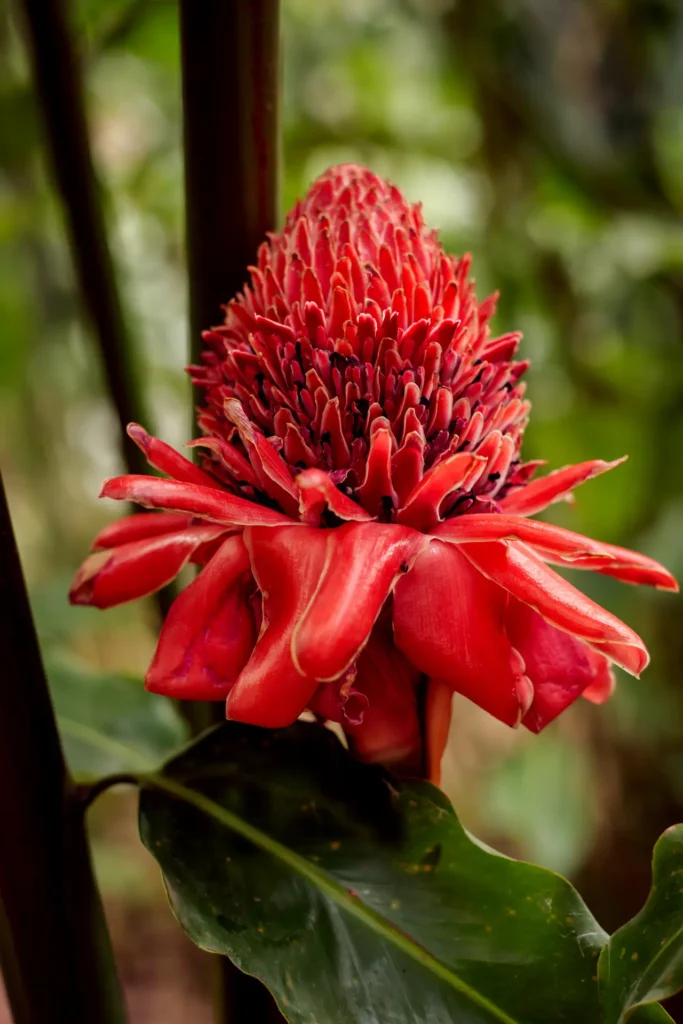
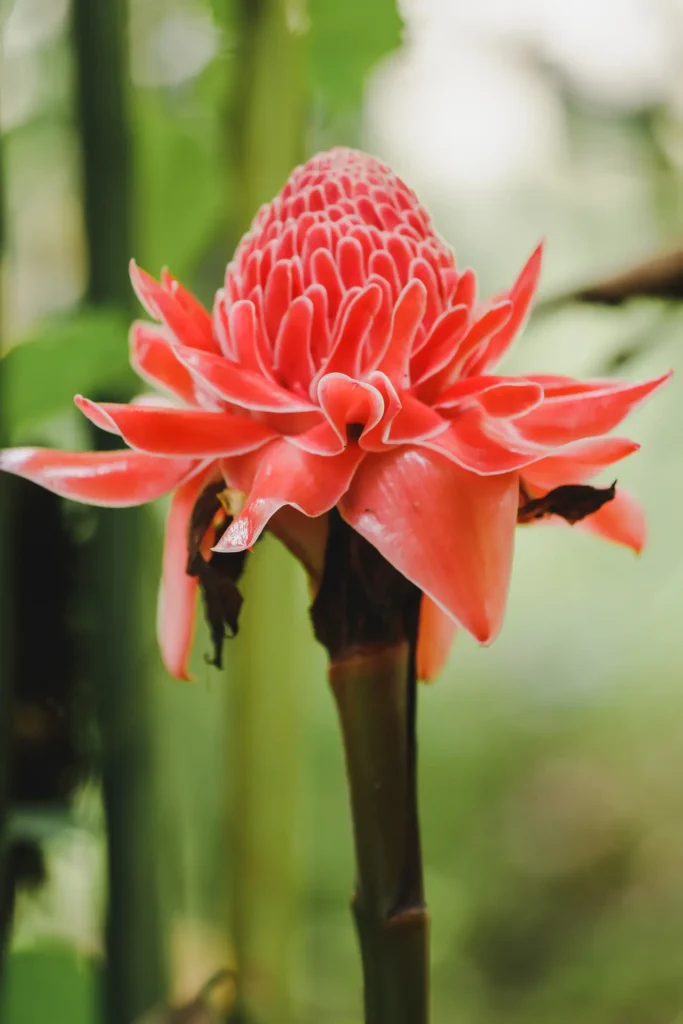
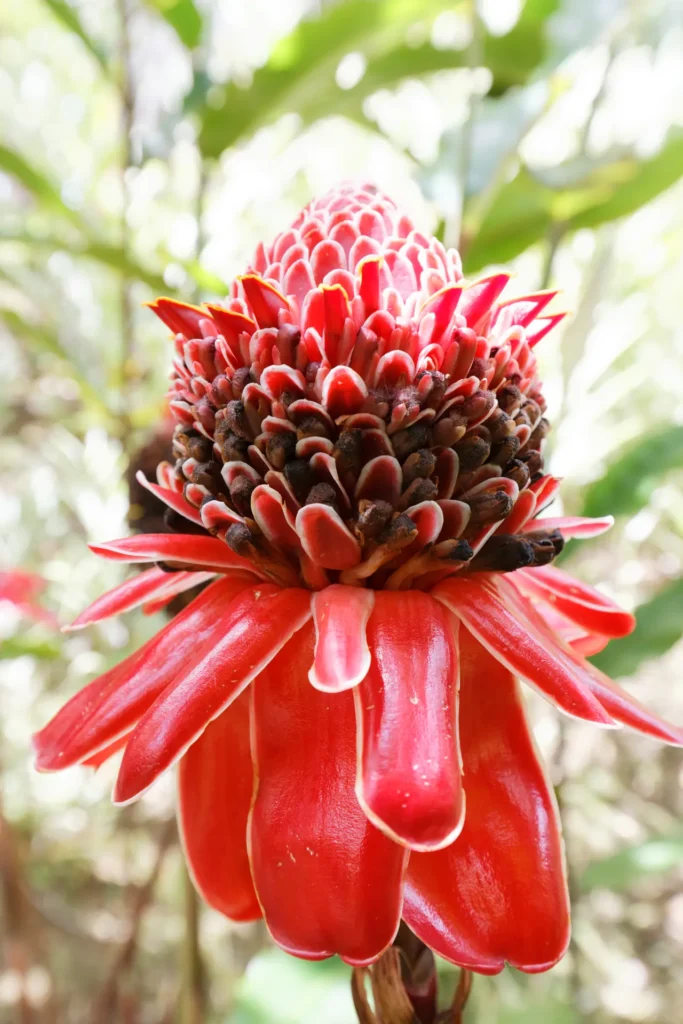
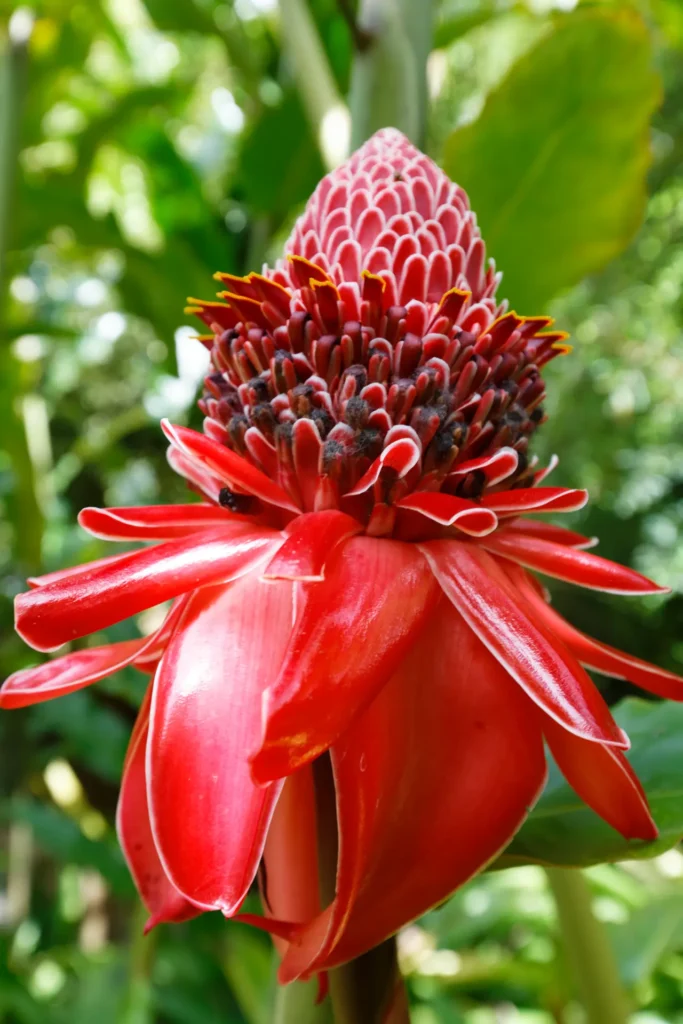
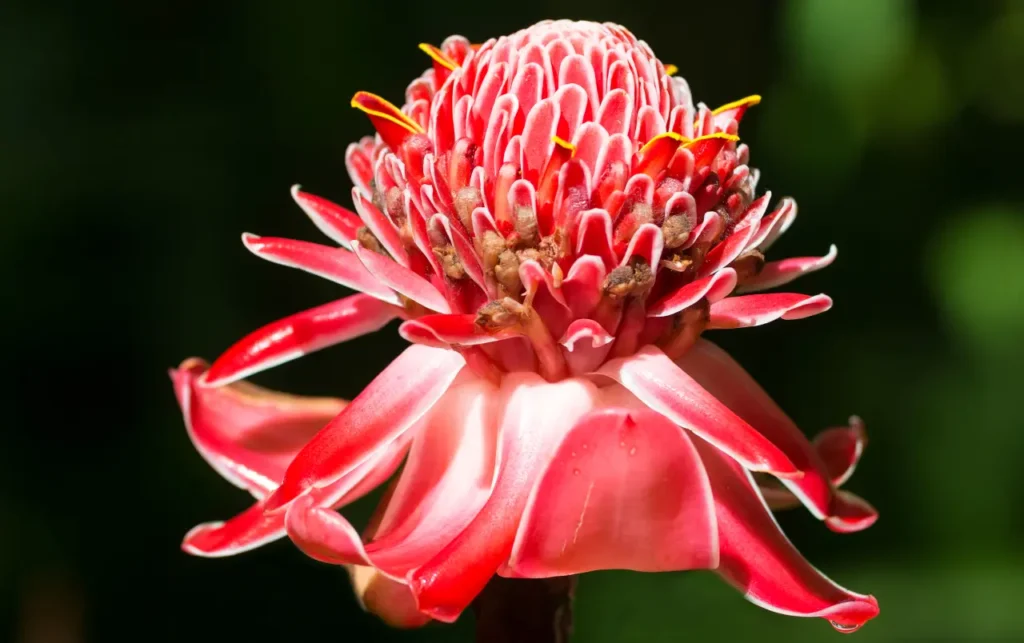
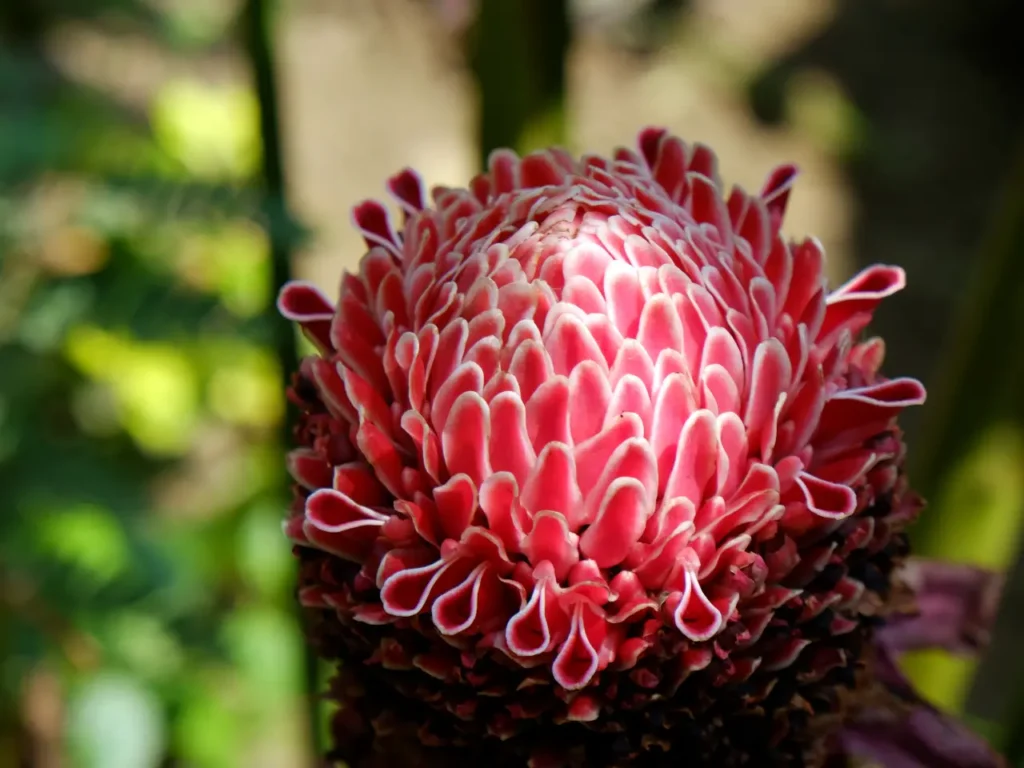
Information about Waratah flower
Belonging to the Proteaceae family, the Waratah is a large, perennial shrub that is endemic to the southeastern parts of Australia. It is renowned for its large, showy flower heads, which can reach up to 15 centimeters in diameter. The most common variety, Telopea speciosissima, features vibrant red flowers, although there are also variations with pink, white, and orange hues. The Waratah’s unique flower structure consists of a central cluster of tiny individual flowers surrounded by large, petal-like bracts that create a stunning visual display.
The name “Waratah” is derived from an Aboriginal word meaning “beautiful,” which aptly describes the flower’s captivating appearance. Indigenous Australians have long revered the Waratah for its beauty and cultural significance. The flower holds spiritual importance in Aboriginal culture and is often used in ceremonies, storytelling, and traditional medicine practices. Its striking presence in the Australian landscape has also made it a popular subject in art, literature, and various cultural expressions.
In addition to its cultural significance, the Waratah plays a crucial role in supporting local ecosystems. Its nectar-rich flowers attract a diverse range of bird species, including honeyeaters and lorikeets, which rely on the Waratah as a valuable food source. The unique flower structure also facilitates pollination by specific bird species that have beak adaptations suited to extracting nectar from the deep flower tubes. This intricate relationship between the Waratah and native bird species highlights the ecological importance of preserving this iconic Australian plant.
Despite its natural beauty and cultural significance, the Waratah faces some challenges in terms of conservation. Due to its limited geographic range and specific habitat requirements, the Waratah is considered vulnerable in its natural habitat. Land clearing, habitat fragmentation, and changes in fire regimes pose significant threats to its survival. However, ongoing conservation efforts, including habitat restoration, seed banking, and public awareness campaigns, are helping to safeguard the future of the Waratah and ensure its continued presence in Australia’s natural landscapes.
The Waratah’s captivating beauty has also made it a sought-after ornamental plant in gardens and landscapes worldwide. Its striking flowers and evergreen foliage add a touch of Australian flair and vibrancy to gardens in various climates. Cultivation of the Waratah requires specific conditions, including well-drained acidic soil, full sun, and protection from strong winds. Gardeners and horticulturists continue to explore different varieties and breeding techniques to enhance the Waratah’s adaptability and ensure its availability to plant enthusiasts around the globe.
Whether admired in its natural habitat or cultivated in gardens, the Waratah continues to captivate with its bold colors and unique form. Its presence reminds us of the diverse and extraordinary flora that Australia harbors. Preserving and appreciating this iconic flower is not only a matter of national pride but also a commitment to conserving Australia’s natural heritage for generations to come.
So, take a moment to immerse yourself in the splendor of the Waratah, Australia’s treasured floral emblem. Let its vibrant colors and enchanting presence inspire a deeper connection with the beauty and fragility of the natural world. By valuing and protecting the Waratah, we contribute to the conservation of Australia’s unique biodiversity
